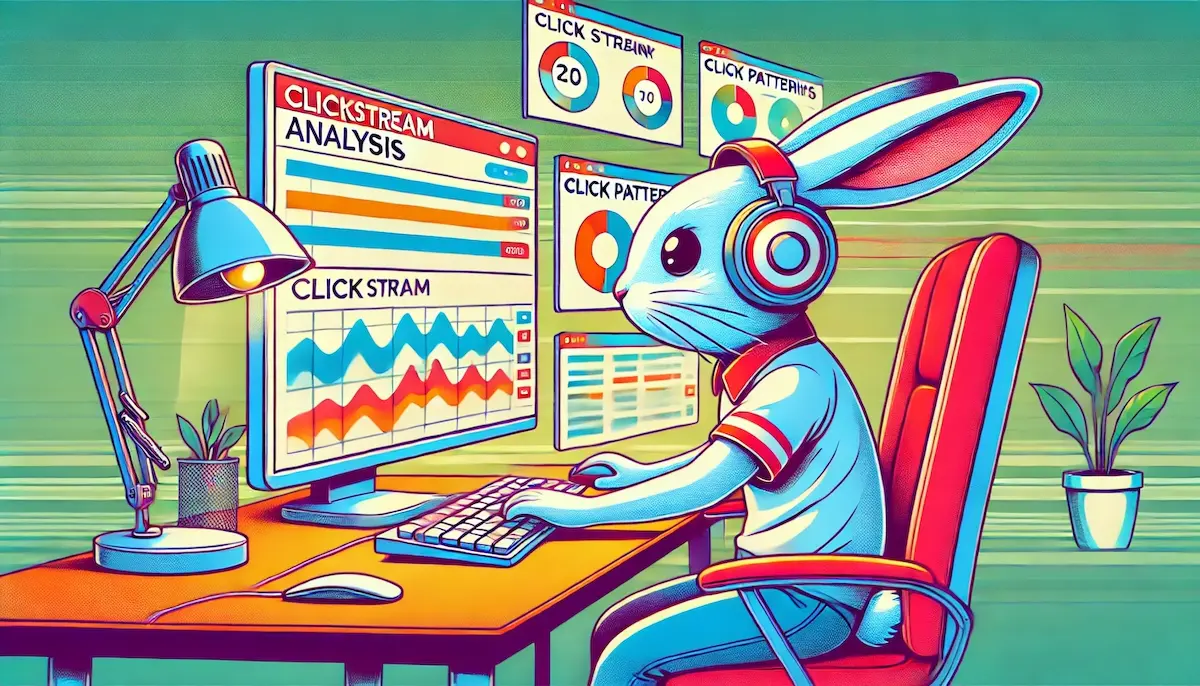Clickstream analysis is a method used to track and analyze the paths users take as they navigate through a website or application. This form of data analysis provides invaluable insights into user behavior, preferences, and patterns. By understanding how visitors interact with digital platforms, businesses can optimize their websites, improve user experiences, and increase conversion rates. Let’s delve into what clickstream analysis entails and why it’s vital in the digital world.
What is Clickstream Analysis?
Clickstream analysis involves collecting and examining the sequence of clicks made by users while they browse a website or use an application. This data includes information on pages visited, the order of page visits, time spent on each page, and the actions taken on each page (such as clicks, scrolls, and form submissions). Essentially, it maps out the user’s journey through the digital platform.
Why is Clickstream Analysis Important?
Understanding the clickstream data of users can provide numerous benefits for businesses:
Improving User Experience
By analyzing clickstream data, businesses can identify where users face difficulties or drop off the site. This information helps in optimizing navigation, layout, and content to create a smoother, more intuitive user experience.
Enhancing Website Performance
Clickstream analysis can reveal which pages are most and least popular, allowing businesses to understand what content resonates with users. This helps in tailoring content strategies and improving overall website performance.
Increasing Conversion Rates
By tracking the user journey, businesses can identify points where users are most likely to convert (make a purchase, sign up, etc.) and where they drop off. This insight allows for targeted improvements to increase conversion rates.
Personalizing User Experience
Clickstream data can be used to personalize the user experience. By understanding individual user behavior, businesses can provide tailored recommendations, offers, and content, thereby increasing engagement and satisfaction.
Informing Marketing Strategies
Clickstream analysis provides insights into the effectiveness of marketing campaigns by showing how users arrive at the site and what they do afterward. This helps in refining marketing strategies and allocating resources more effectively.
How is Clickstream Analysis Conducted?
Clickstream analysis involves several steps, from data collection to interpretation. Here’s a breakdown of the process:
Data Collection
Data is collected through various tracking technologies like cookies, web beacons, and tracking pixels. These tools capture detailed information about user interactions on the website or application.
Data Processing
Once collected, the raw data is processed to remove any irrelevant or duplicate information. The data is then organized into a structured format that is ready for analysis.
Analysis
The processed data is analyzed using various analytical techniques. This can include path analysis to understand common navigation patterns, funnel analysis to track the steps leading to conversions, and cohort analysis to compare behaviors across different user groups.
Visualization and Reporting
The insights gained from the analysis are often presented through data visualization tools, making it easier to interpret and act upon. Reports and dashboards are created to provide a clear and comprehensive view of user behavior.
Actionable Insights
The final step is to use the insights derived from clickstream analysis to inform business decisions. This can involve making changes to the website layout, optimizing content, refining marketing strategies, and more.
Ethical Considerations
As with any form of data analysis, ethical considerations are paramount in clickstream analysis. Businesses must ensure that user data is collected and used responsibly, with respect to privacy regulations like GDPR and CCPA. Transparency with users about data collection practices and providing options to opt out are essential practices.
Conclusion
Clickstream analysis is a powerful tool for understanding and optimizing user behavior on digital platforms. By tracking and analyzing the paths users take, businesses can enhance user experiences, improve website performance, and drive higher conversion rates. As digital interactions continue to grow, the importance of clickstream analysis will only increase.
Blockfine thanks you for reading and hopes you found this article helpful.
